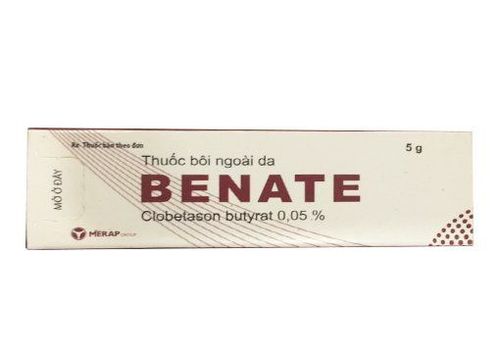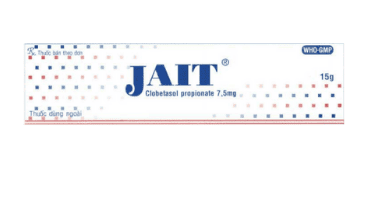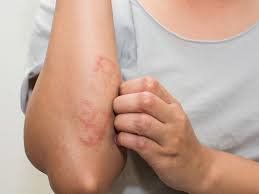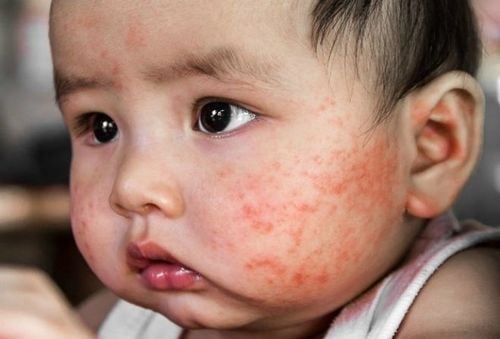This is an automatically translated article.
Nickel allergy is a fairly common allergic contact dermatitis. The disease is not dangerous but causes many uncomfortable feelings for the patient. There is no cure for Nickel allergy, the best way to prevent it is to avoid contact with items containing Nickel.1. What is an allergy to Nickel? Nickel is a silvery-white metal with a glossy surface that is hard but malleable, malleable, or spun. It is often mixed with other metals and used for many different purposes such as:
Jewelry: Necklaces, rings, earrings,... Coins Keys Cell phones Glasses Frames Paper Clips Pen Braces Stainless kitchen appliances and dining utensils Zippers, snap buttons and belt buckles. In addition, small amounts of Nickel are found in some foods such as cashews, cocoa, coca cola, red beans, green beans, spinach, canned fruits,...
2. Causes Allergy to Nickel A nickel allergy is an adverse immune reaction that occurs when someone comes into contact with a product containing nickel. In people with a nickel allergy, the immune system mistakes nickel as a dangerous agent. At this point, the immune system produces chemicals to fight this substance, causing an allergic reaction.
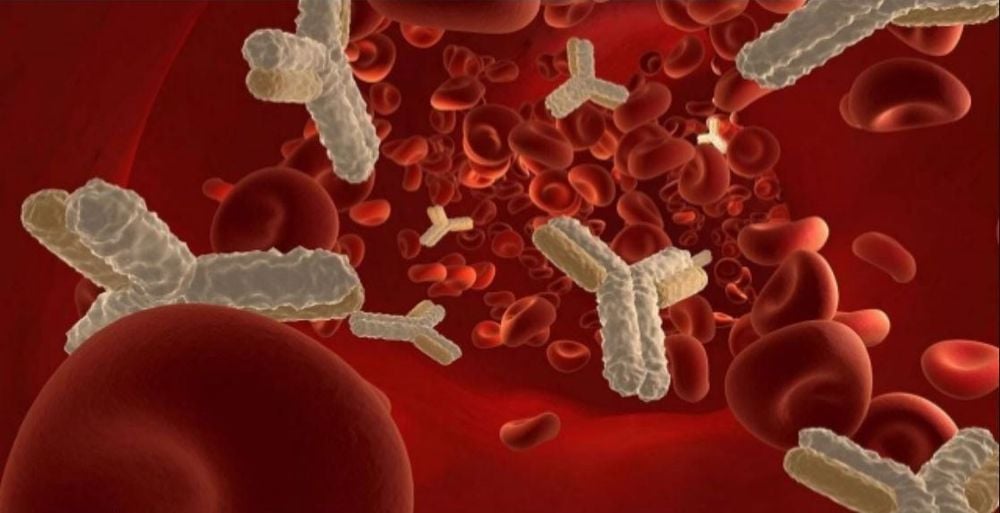
Phản ứng miễn dịch của cơ thể đối với niken
3. Symptoms of Nickel Allergy The sign of a nickel allergy is an eczematous skin lesion that appears on the skin in contact with metal or alloy objects containing Nickel.
Common locations for allergies are: Watch wrist area, jewelry; the abdomen or around the navel where the buttons and buttons come into contact.
In the affected skin areas will see the following symptoms:
Very itchy, intense itching. Red spots or hives appear on the skin. The affected area is red or changes color. In the acute stage, blisters or vesicles appear in clusters on a red background. These blisters break open, drain and leave crusts and scabs. In the later stages, the exposed skin becomes thick, dry, scaly, and hyperpigmented. Scratches and scratches from scratching may appear. In severe cases, a widespread rash may be seen. In the case of an infection, the skin will become irritated and redder and may be filled with pus. These symptoms gradually subside and disappear when contact with objects containing nickel is no longer possible. From the time of exposure, the rash usually appears within 12 - 48 hours and can last for 3 - 4 weeks. 4. Who is prone to allergies to Nickel metal? Nickel allergy is a common cause of allergic contact dermatitis. Allergies can occur in all ages and all subjects, in which the disease is more common in women than in men, the cause may be because women often wear jewelry.

Phụ nữ thường xuyên đeo đồ trang sức có nguy cơ dễ bị dị ứng với Niken
Factors that increase the risk of Nickel allergy:
Wearing jewelry: Nickel is a common metal in jewelry, so nickel allergies are often associated with earrings and jewelry containing nickel. worn on the body. Frequent metal exposure Family with nickel allergy Allergies to other metals: People who are sensitive to other metals may also be allergic to nickel. 5. How is Nickel allergy treated? When you have symptoms similar to the above Nickel allergy, quickly remove jewelry or metal objects on the body. Quickly see a doctor for a diagnosis of the cause and appropriate treatment. Your doctor may order a patch test to diagnose whether you are allergic to Nickel. Your doctor will observe your skin for about 48 hours after applying the patch and check for signs of an allergic reaction. In areas of blisters or blisters, do not scratch, causing blisters to burst, which will cause superinfection, making treatment more difficult. Do not arbitrarily use topical or oral medications without a doctor's prescription.
Please dial HOTLINE for more information or register for an appointment HERE. Download MyVinmec app to make appointments faster and to manage your bookings easily.
MORE
Common types of allergies 7 types of eczema: Symptoms, causes and pictures Causes and warning symptoms of contact dermatitis




